What is necessary to generate a coaching identity in football?
Put context as a core value. “The same player, in a different environment, in a different match, in a different group, in a different city, or in a different environment will be different because he is conditioned and moulded by each and every one of these variants”.
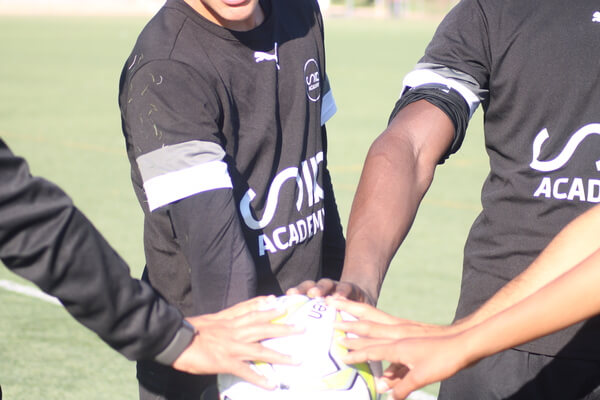
Therefore, when we want to generate a training identity we must take into account the following structures that shape the football person/player.
Football is considered to be a perceptual sport of which 90% of the actions of the game affect the unconscious part of the player.
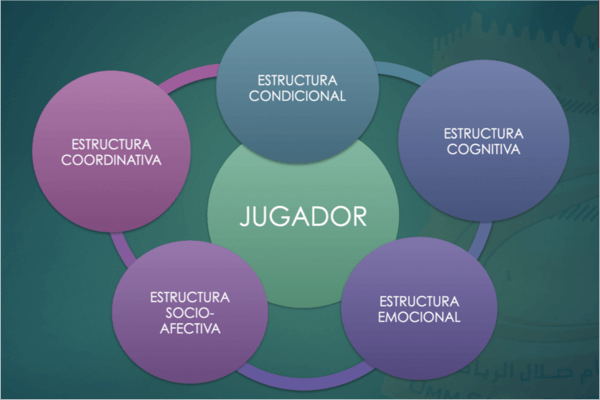
In the game they are mediated by changes in the environment, such as teammates, opponents and the ball. This requires an open ability or external regulation.
The adaptation of external factors is necessary, through co-operation and opposition in a congruent way as the different phases of the game (attack/defence), according to the respective objectives.
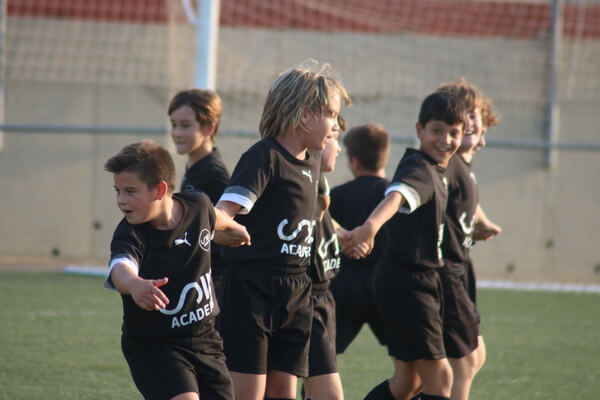
In order to favour the response to the motor problem, and to acquire a motor skill, this will be related to the hours of training/practice that is carried out, because the more it is carried out, the more learning we will obtain, the greater the automatism.
For this we base ourselves on Maslow’s stages of learning, which is developed in 4 levels:
- First stage: Unconscious incompetence: Not knowing what to do, or how to do it
- Second stage: Conscious incompetence: Not knowing how to do it but knowing what to do.
- Third stage: Conscious competence: I learn to know what to do
- Fourth stage: unconscious competence: I know how to do it, developing automatism; you don’t have to think about doing it anymore.
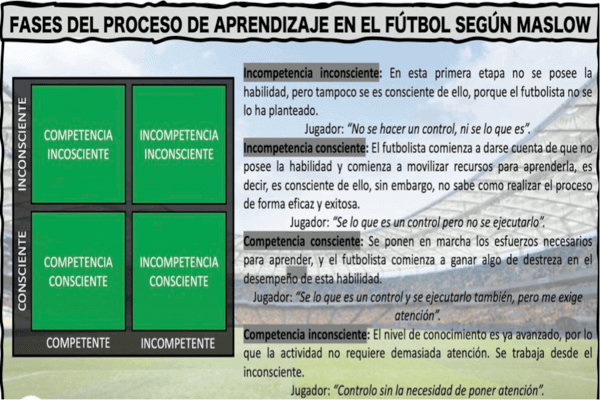
How do we implement our sessions to generate our own identity?
- · Learning the game through representative football contexts.
- · Respecting the functional and positional specificity of our game.
- · Predominance of contextual variability in training tasks, taking into consideration that repetition also facilitates adaptation.

- · Optimally manage the regulation of the difficulty of the tasks as a facilitating element for learning.
- · Be specific in the training content and focus on what is periodised.
- · Maintain a global vision in the planning of training, generating concatenation of the objectives during the week.

Shaping elements of our sessions
Autonomy: That the player learns from the practice of the game giving space for error. Encourage their understanding. Prioritising the observation of their natural behaviour in the different contexts that appear/are created in the tasks.
Allowing the player to be the protagonist of their learning through questions and interactions with coach and teammates.
Pace: Give importance to them having plenty of practice time, controlling the structural and logistical elements that encourage this. Interrupt as little as possible and that when we do, our interventions are of quality.
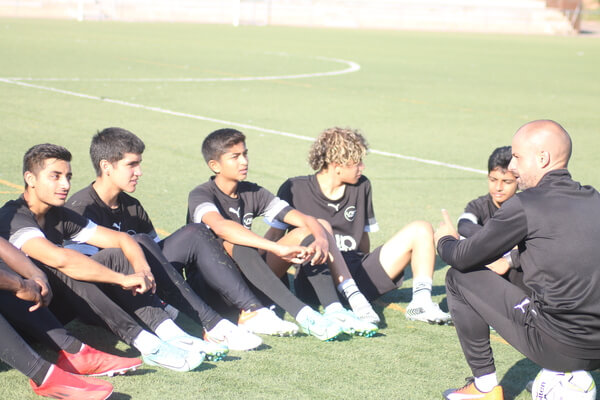
Goal: Offer goal contexts to favour the directionality of the tasks and with it the actions of imbalance/finishing. Use the goal as an attractor/tool to generate motivation/emotion in our players.
INTERVENTION OF OUR COACHES DURING THE SESSIONS:
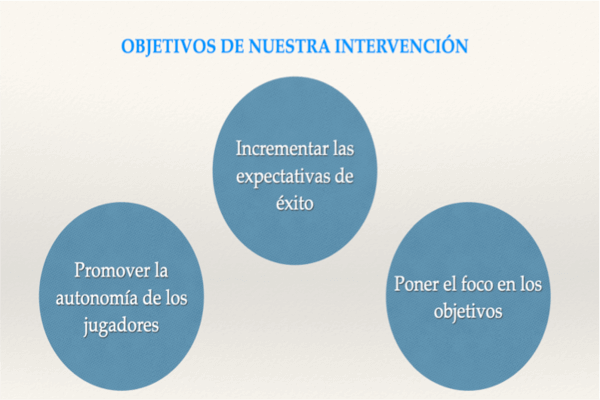
Increase expectations of “success”: How?
By giving positive and correct feedbacks and reinforcements in timings.
By perceiving the difficulty of the task and adapting it to the level of our players/team so that the objectives are achievable.
Promoting player autonomy: How?
Condition of cooperation and dialogue. Banishing concepts such as correctness and order.
Language – “Instructions” = FROM “YOU HAVE” TO “YOU CAN”. Make players feel capable.
Reinforce the incidental choices they make during tasks in reference to the weekly objectives to be achieved.
Questions so that our players are able to reflect and find the different solutions that an action can have.
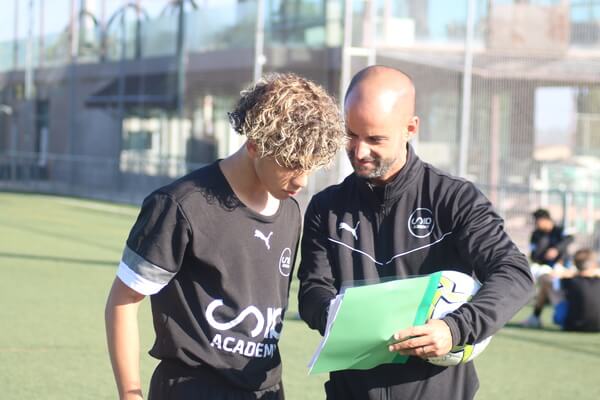
Focus on the objectives: How?
Being aware that many aspects of the game will appear transversally during the contexts we prepare, we must be able to put the focus on the objectives by giving reinforcements, feedback and competitive scores giving value to the contents we are trying to achieve.
Conclusions
Our teams must have an adaptability to the contexts proposed by the opponent and the game, to have variability in the manifestation of behaviours and that will be transformed into a mutability as an identity.
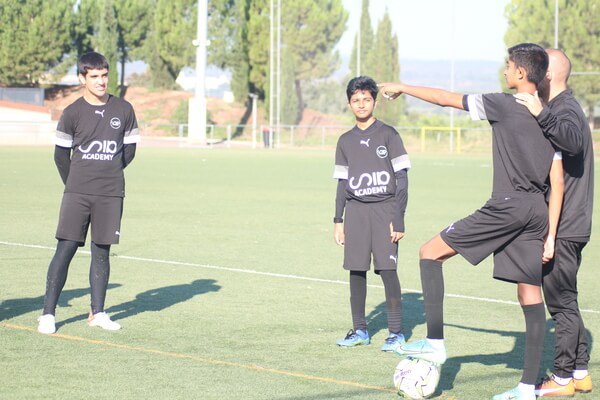
Therefore, identity can be a common idea, a pattern of collective emotions and behaviours to express in every moment of training/competition, but never an executioner of our freedom and that of the game itself.



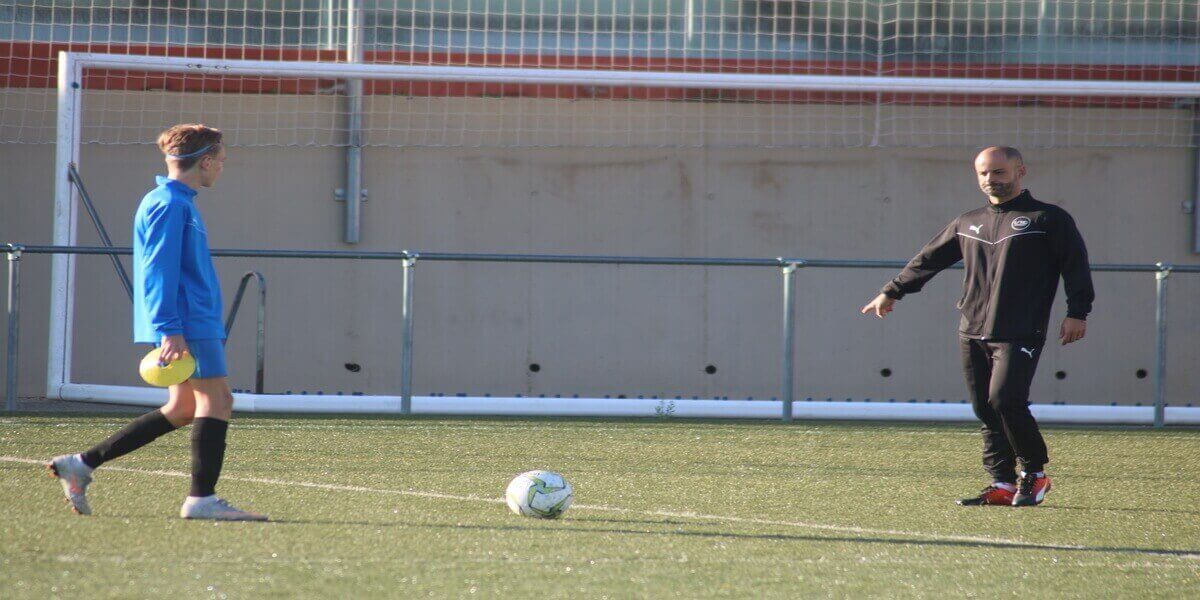
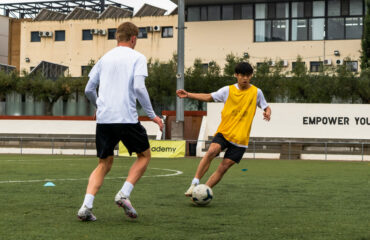
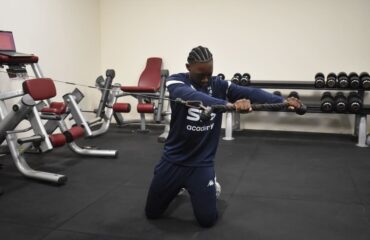
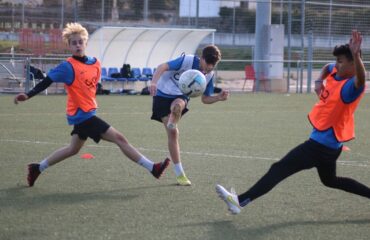
I want enroll my self into your football academy , please how can I Gate in contact with you.